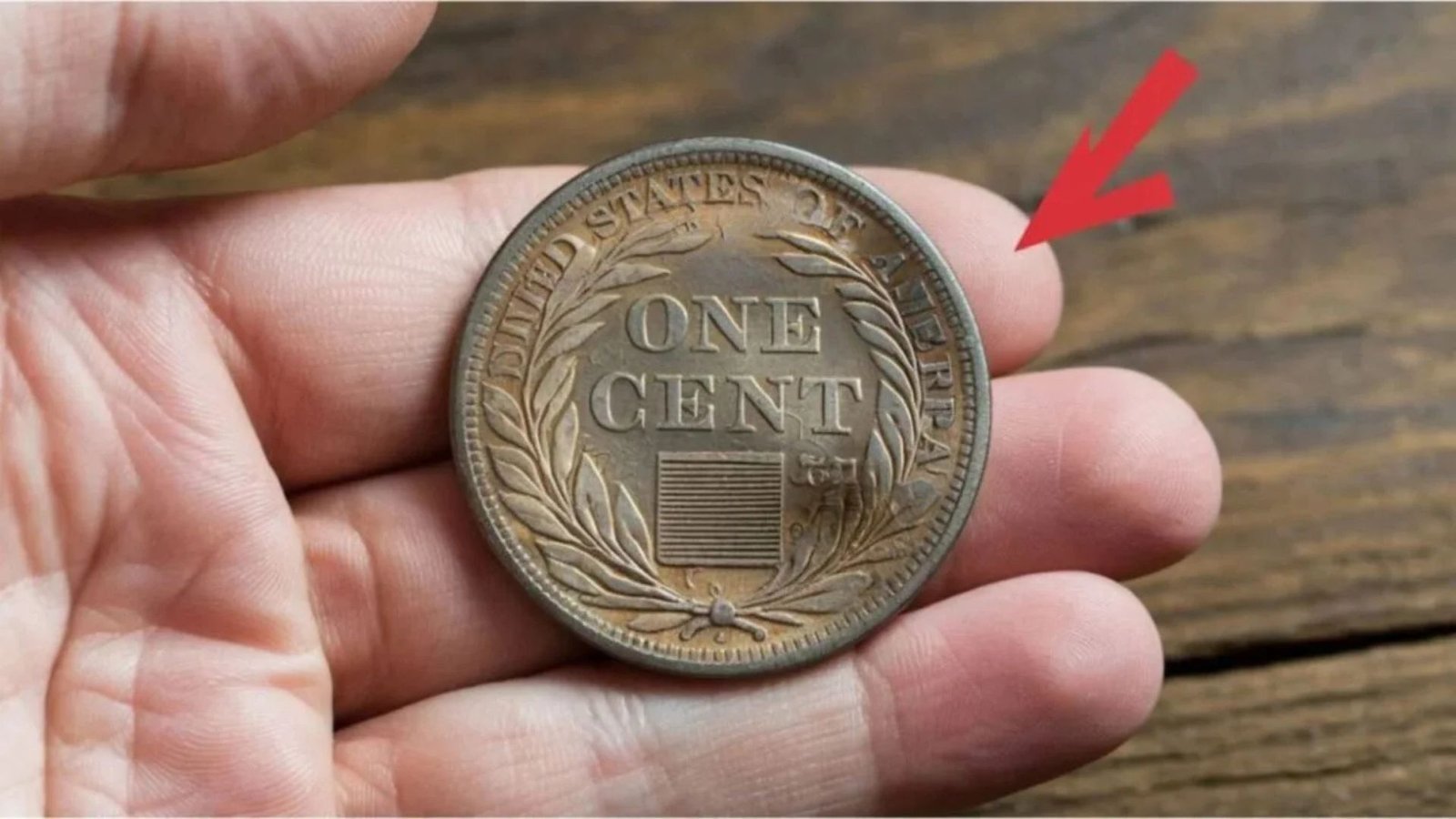If you’ve ever fished an old penny out of a jar and wondered if it might be worth more than its face value, you’re not alone. Wheat pennies—those iconic coins minted from 1909 to 1958—are some of the most collected coins in the U.S. They’re affordable for beginners, full of history, and in some cases, surprisingly valuable. Let’s walk through what makes these coins special, which ones to look out for, and how to start your own wheat penny collection.
What Are Wheat Pennies?
Wheat pennies, officially called Lincoln Wheat Cents, were first struck in 1909 to mark Abraham Lincoln’s 100th birthday. Designed by Victor David Brenner, they feature Lincoln’s profile on the front and two wheat stalks on the back—hence the name. Most are made of copper mixed with a bit of tin and zinc, though wartime versions like the 1943 steel penny break that rule.
Why Are Wheat Pennies Valuable?
Not every wheat penny is worth a fortune, but certain factors can make them stand out:
- Year of Minting – Some years had limited production, making those coins rare.
- Mint Mark – A tiny letter under the date tells you where the coin was struck (D for Denver, S for San Francisco, none for Philadelphia).
- Condition – A shiny, well-preserved penny can be worth many times more than a worn one.
- Errors and Varieties – Minting mistakes like double-strikes or missing letters can turn a plain penny into a collector’s prize.
How to Figure Out a Wheat Penny’s Value
Want to know if your coin is a treasure? Follow these steps:
- Check the Date and Mint Mark – Is it a low-mintage year? Does it have an unusual mint location?
- Look at the Condition – Coins are graded from “Good” to “Uncirculated,” with sharper details meaning higher value.
- Search for Errors – Doubling on letters or missing mint marks can raise the price dramatically.
- Compare Market Prices – Use online coin value charts, auction results, or a guidebook like the “Red Book.”
Key Wheat Pennies to Watch
Here are a few standouts collectors dream of finding:
- 1909-S VDB – Only 484,000 minted with the designer’s initials. Value: $600–$2,000 in good shape.
- 1914-D – A Denver issue with just 1.2 million struck. Value: $150–$1,000.
- 1922 No D – A rare error where the Denver mint mark is missing. Value: $500+.
- 1931-S – Another low mintage coin. Value: $50–$200.
- 1955 Doubled Die – One of the most famous U.S. error coins with a clearly doubled date. Value: $800–$2,000.
Tips for Collecting Wheat Pennies
- Start with the 1940s and ’50s – These are affordable and easy to find.
- Use a Magnifying Glass – Errors can be tiny but valuable.
- Store Them Right – Coin holders or albums keep your collection safe.
- Join a Community – Coin clubs, forums, and shows are great places to learn and trade.
- Get a Guidebook – The “Red Book” is a classic reference.
Where to Find Wheat Pennies
- Bank Rolls – You’d be surprised what turns up when you ask for rolls of pennies.
- Coin Shops and Dealers – Both local and online sources can help you build a collection.
- Flea Markets & Estate Sales – Sometimes hidden gems show up in mixed lots.
- Online Auctions – Websites like eBay or Heritage Auctions often feature rare finds, though you’ll want to check authenticity carefully.
Selling Wheat Pennies
Thinking of cashing in? Here’s how to maximize your return:
- Get Them Graded – Professional grading by PCGS or NGC can boost buyer confidence and value.
- Do Your Homework – Research recent sales before setting a price.
- Pick the Right Platform – Dealers, auction houses, or online marketplaces all work.
- Highlight the Rarity – If your coin has an error or low mintage, make sure it’s front and center in your listing.
Mistakes to Avoid
- Don’t Clean Your Coins – It destroys their natural surface and value.
- Don’t Overlook Condition – A small difference in grade can mean a big difference in price.
- Don’t Fall for Fakes – Counterfeits exist, especially of high-value pennies like the 1909-S VDB.
Why Collect Wheat Pennies?
Collecting wheat pennies is like holding a slice of American history in your hand. They’ve seen the Great Depression, two World Wars, and countless changes in American life. They’re fun to hunt for, easy to start collecting, and some can be surprisingly valuable.
Fun Facts
- The 1909-S VDB caused a stir because the designer’s initials were seen as “too big” and quickly removed.
- In 1943, pennies were made of steel instead of copper for the war effort—except for a handful of copper mistakes that are now worth a fortune.
- Believe it or not, wheat pennies still pop up in circulation today!
Final Thoughts
Whether you’re just getting started or already deep into coin collecting, wheat pennies offer history, challenge, and excitement in one tiny package. Start small, learn as you go, and keep an eye out—you never know when you might uncover a penny that’s worth hundreds, or even thousands, of dollars.
